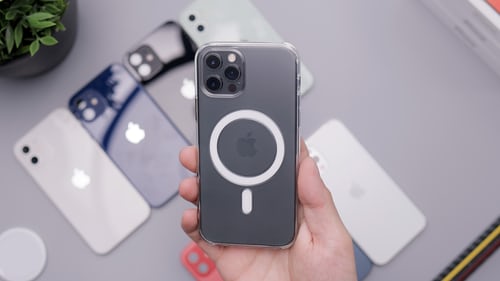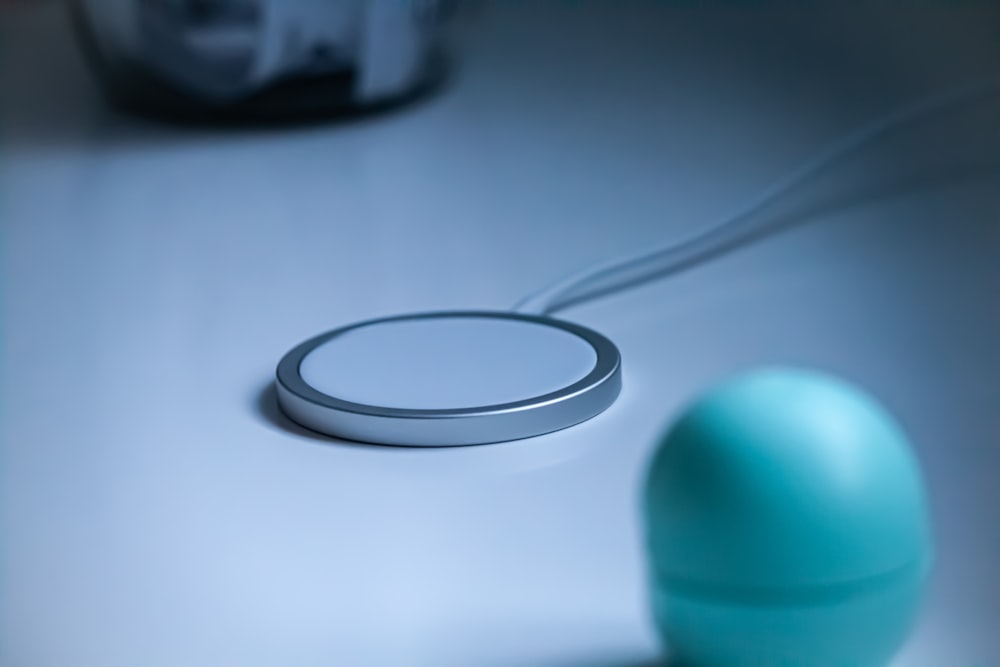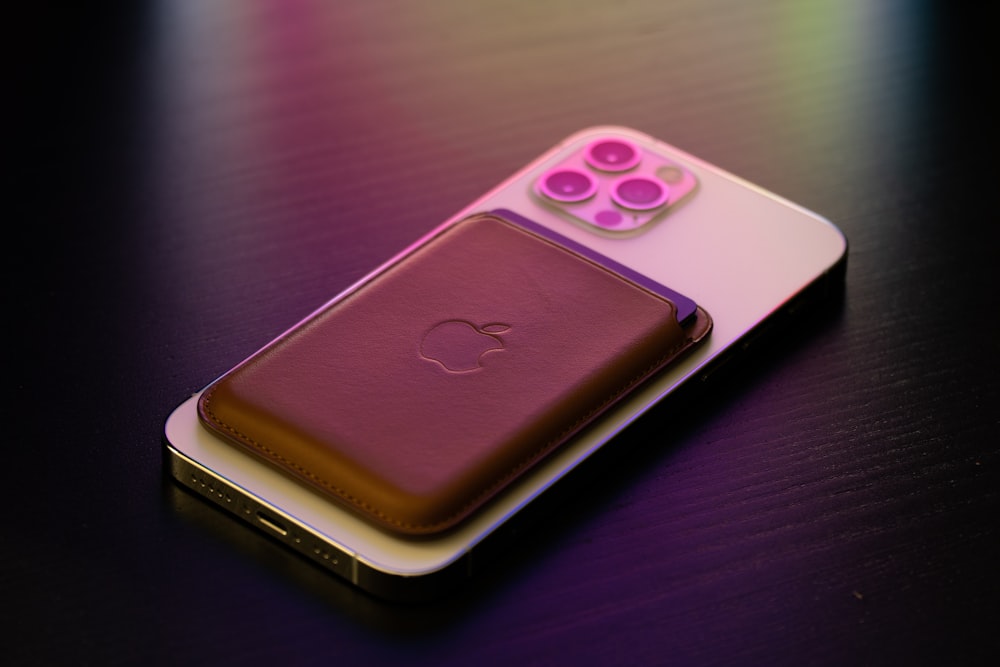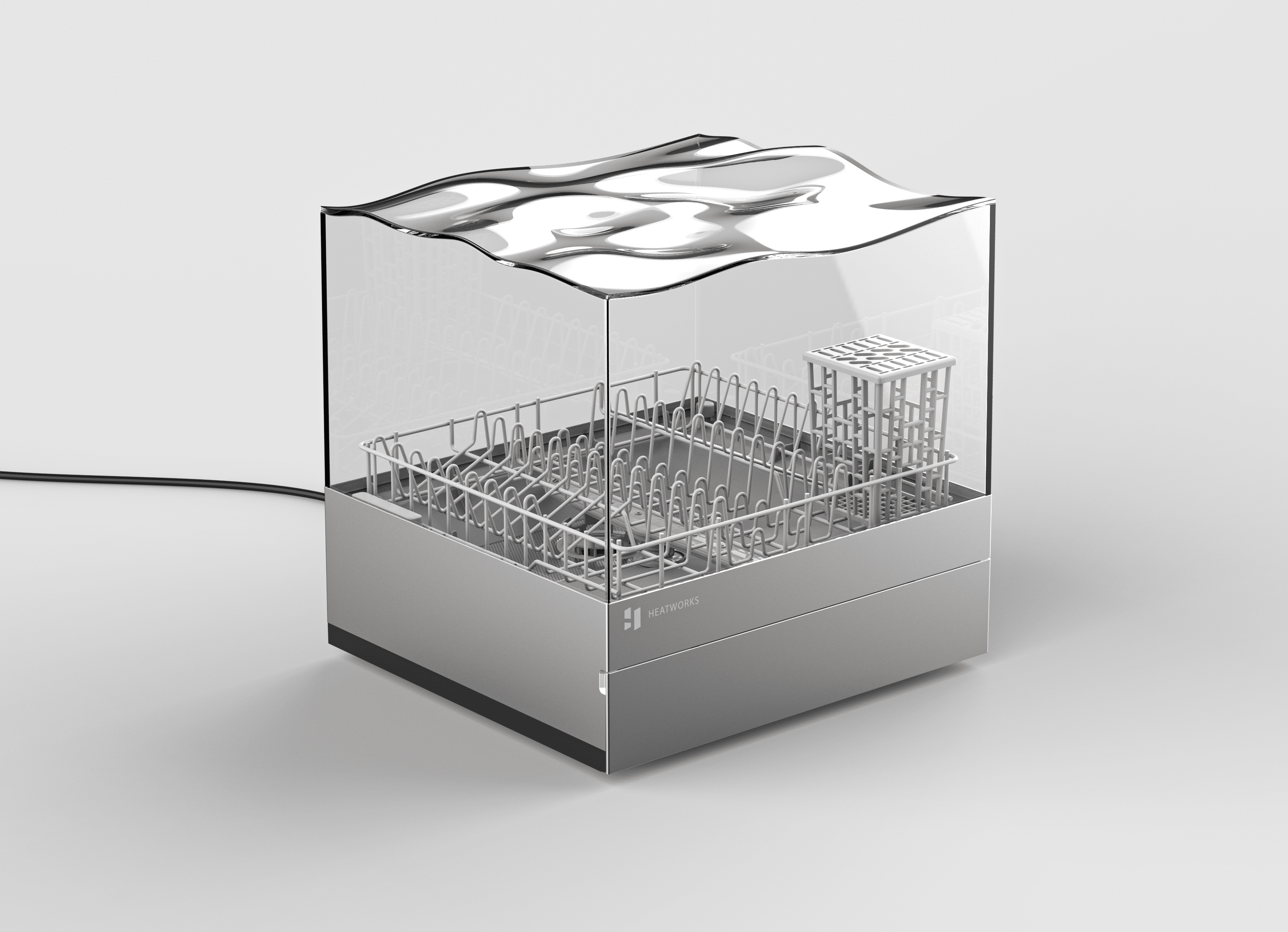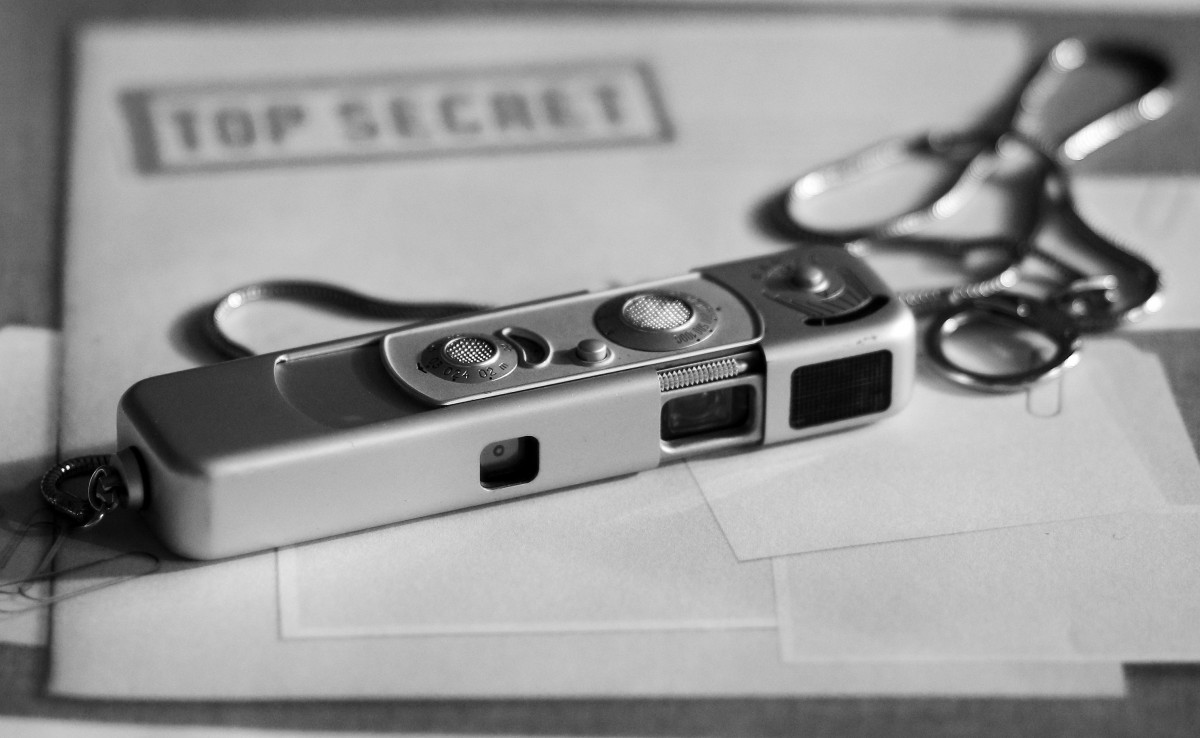Have you ever heard of the MagSafe? It was introduced in 2006; this is not something new compared to what we may think. MagSafe has been known for a long for MacBook Pro, to be more precise, the first generation of MacBook Pro.
But now, we know the MagSafe for iPhones- which conducts wireless charging. This device can charge a different kind of device without cables. It is important to know that the MagSafe still has a cable, but it is not connected to the phone jack.
MagSafe is now revolutionary- there are several cases available; chargers, battery packs, and even wallets. In this article, we will go through everything that you need to know about MagSafe.
What Is A MagSafe?
Apple users will never forget the power connectors on Macbooks from 2006 to 2019. These connectors were clicked into a special port on the laptop. If you accidentally tripped over the cable, your expensive laptop won’t come along and fall on the ground; the connector will simply unclick.
There is a re-introduction and innovation of the MagSafe in 2020; they can now work for your phones and headphones and even your Apple Watch.
Apple reintroduced this word in 2020 for chargers that operate with iPhones and specific headphones. While the “Mag” aspect is true, there isn’t much about it that is “Safe.” However, the name is impressive, and Apple owns the trademark.
MagSafe charging is a type of induction charging compatible with Qi charging, a cable-free charging standard used by numerous tech companies. To transfer electricity, both devices use a pad with a transmitting coil and a receiving coil in devices. Because the magnets in Apple’s MagSafe chargers and iPhones can properly align the two coils, charging is more efficient.
Different Between MagSafe And Qi Charging?
Both systems work in the same way, except MagSafe can charge your iPhone 12 or 13 at up to 15 W (the iPhone 12 mini and 13 mini can only charge at up to 12 W), whereas Qi can only charge at 7.5 W. Some phone brands support 10 W Qi charging; however, Apple’s smartphones only support 7.5 W, possibly for safety or efficiency reasons. The highest voltage for charging headphones, such as Apple’s AirPods or AirPods Pro, is 7.5 W.
To reach the full 15 W charging rate, Apple advises using a 20 W or higher power adapter with MagSafe adapters.
What Do You Need For MagSafe Charging?
You’ll need a compliant MagSafe case with magnets set out in a MagSafe Case Magnet Array if you wish to charge your iPhone using a case. A compatible iPhone – currently the iPhone 12 and 13 models – and a MagSafe charger are required for MagSafe charging. A Qi charger can charge an iPhone 12 or 13, although the voltage will be lower. You may also charge the following AirPods models:
AirPods Pro
Wireless Charging Case for AirPods (2nd generation)
AirPods Wireless Charging Case
Apple’s “Made for MagSafe” program sells MagSafe chargers, as do certain third parties. For the time being, Apple has worked with Belkin on these products, while other businesses are selling “MagSafe compatible” chargers that employ the Qi charging standard.
MagSafe Cases
As previously stated, MagSafe cases must include a MagSafe Case Magnet Array, which can be seen in this shot of Apple’s clear iPhone 13 case. The round array magnet is responsible for passing charge through the casing to the device, while the straight orientation magnet ensures that some devices are properly aligned.
For the iPhone 12 models, Apple sells MagSafe cases in clear plastic, silicone, leather, and a leather sleeve with a wrist strap. You might be able to utilize a MagSafe charger with a very thin case that isn’t built for MagSafe. Apple also sells OtterBox cases, and a variety of third-party companies also make MagSafe-compatible cases.
You may want to read about more gadgets…let us know in the comments…

